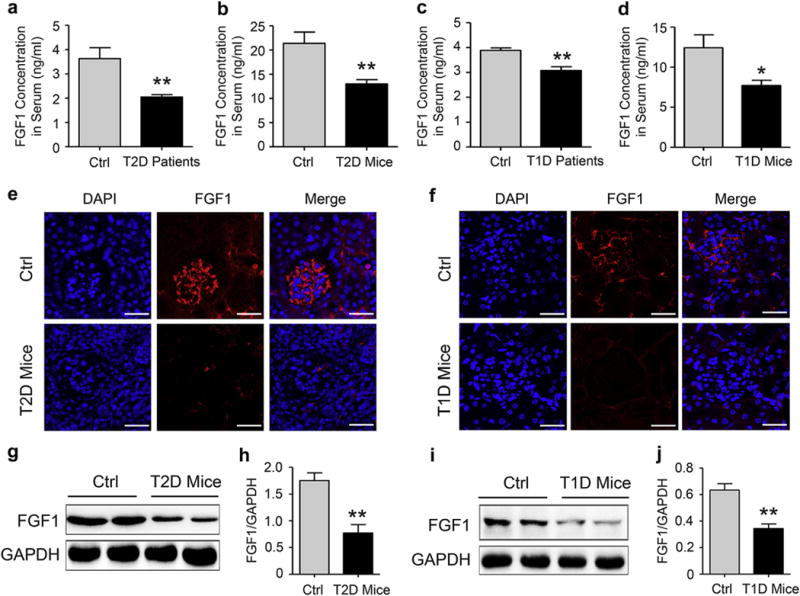Figure 1. Endogenous levels of FGF1 in diabetic human subjects and mice.

(a) FGF1 concentration in human serum collected from 11 normal human subjects and 6 human subjects with T2D. Data are presented as the mean ± SEM; **P < 0.01 versus normal human subjects. (b) FGF1 concentration in mouse serum from 20-week-old db/m (Ctrl) and db/db (T2D) mice. Data are presented as the mean ± SEM; **P < 0.01 versus Ctrl; N = 9. (c) FGF1 concentration in human serum collected from 7 healthy human subjects and 3 human subjects with T1D. Data are presented as the mean ± SEM; **P < 0.01 versus normal human subjects. (d) FGF1 concentration in mouse serum from 18-week-old C57BL/6 mice (Ctrl) and mice with T1D induced by treatment with STZ for 13 weeks. Data are presented as the mean ± SEM; *P < 0.05 versus Ctrl; N = 9. (e,f) Immunofluorescent detection (red) of FGF1 in kidney tissue isolated from 20-week-old db/m Ctrl and db/db T2D mice (e), normal C57BL/6 mice, and mice with T1D induced by treatment with STZ for 13 weeks (f); shown are representative 6 mice from each group. Bar = 100 μm. (g,h) Representative Western blot analysis and densitometric quantification of FGF1 expression in renal tissue from 20-week-old db/m and db/db mice; data are normalized to GAPDH and presented as mean ± SEM; **P < 0.01 versus the db/m group; N = 6. (i,j) Representative Western blot analysis and densitometric quantification of FGF1 in kidney tissue from normal C57BL/6 mice and mice with T1D induced by treatment with STZ for 13 weeks; data are normalized to GAPDH and presented as mean ± SEM; **P < 0.01 versus normal Ctrl group; N = 6. Ctrl, control; DAPI, 4′,6-diamidino-2-phenylindole; FGF1, fibroblast growth factor 1; GAPDH, glyceraldehyde-3-phosphate dehydrogenase; STZ, streptozotocin; T1D, type 1 diabetes; T2D, type 2 diabetes. To optimize viewing of this image, please see the online version of this article at www.kidney-international.org.
